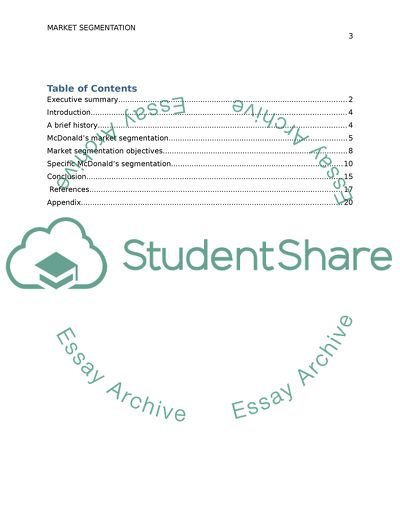Cite this document
(Market Segmentation of McDonalds Corporation Research Paper - 3, n.d.)
Market Segmentation of McDonalds Corporation Research Paper - 3. Retrieved from https://studentshare.org/marketing/1844781-business-to-business-marketing
Market Segmentation of McDonalds Corporation Research Paper - 3. Retrieved from https://studentshare.org/marketing/1844781-business-to-business-marketing
(Market Segmentation of McDonalds Corporation Research Paper - 3)
Market Segmentation of McDonalds Corporation Research Paper - 3. https://studentshare.org/marketing/1844781-business-to-business-marketing.
Market Segmentation of McDonalds Corporation Research Paper - 3. https://studentshare.org/marketing/1844781-business-to-business-marketing.
“Market Segmentation of McDonalds Corporation Research Paper - 3”, n.d. https://studentshare.org/marketing/1844781-business-to-business-marketing.


